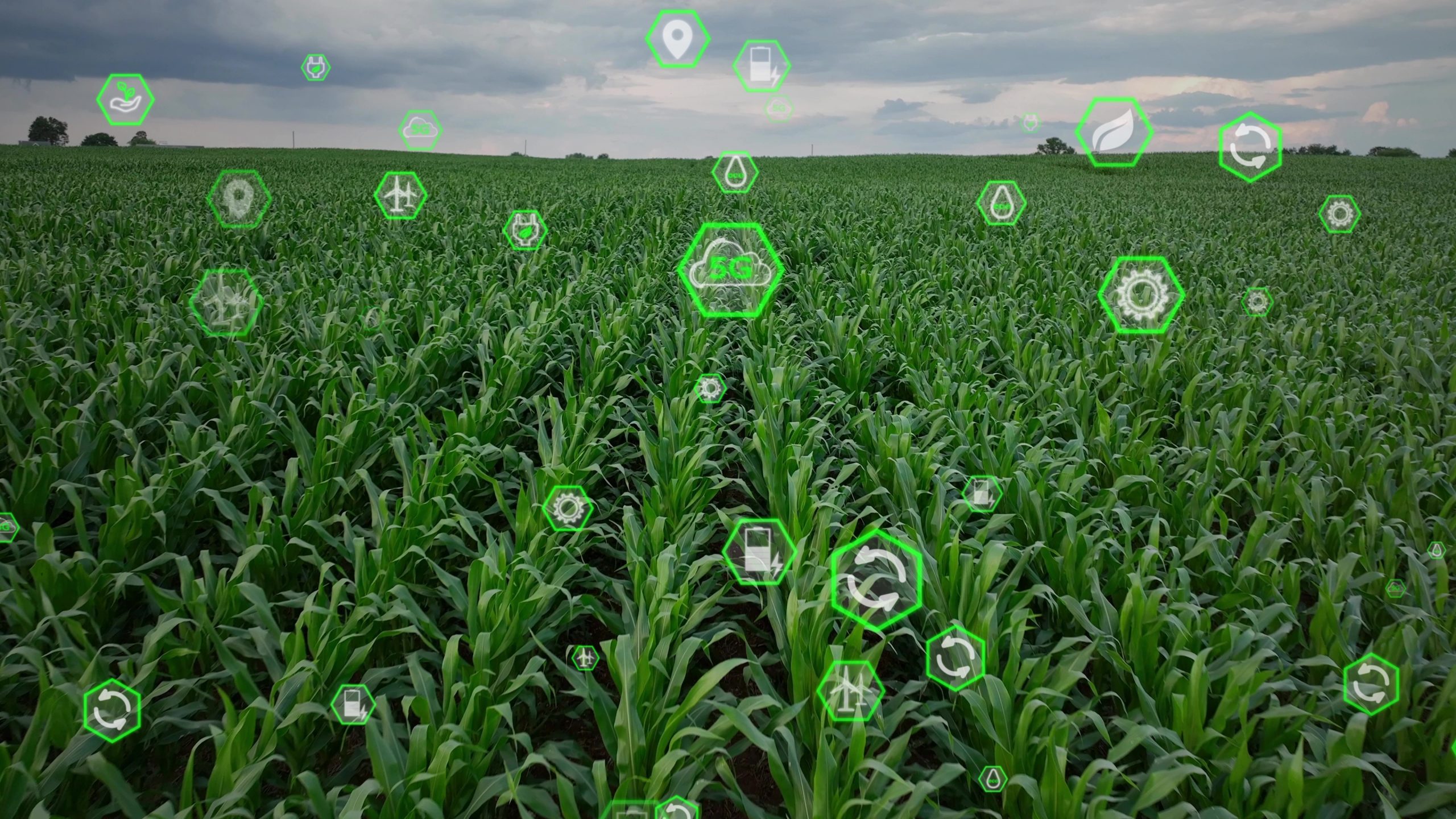
USDA Provides Details of Coronavirus Food Assistance Program
May 21, 2020
On April 19, 2020, the United States Department of Agriculture (USDA) announced details for the Coronavirus Food Assistance Program (CFAP). The program’s purpose is to provide direct payment support to farmers who have sustained losses due to price declines and market supply chain disruption as a result of the pandemic. Eligible commodities include, but are not limited to: corn, soybeans, cattle, sheep, dairy, hogs, and other specialty crops. See the link to the USDA website at the bottom of this article for a complete listing of eligible commodities. The USDA’s local Farm Service Agency (FSA) offices will begin accepting applications on May 26, and applications will be due by August 28.
Funding will originate from two sources. The first is $9.5 billion allocated from the Coronavirus Aid, Relief, and Economic Security (CARES) Act, which provides funding for price declines that occurred in 2020 between mid-January and mid-April. The second source of funding is from the Commodity Credit Corporation Charter (CCC) Act, which has an additional $6.5 billion in funds allocated for on-going market losses.
Non-Specialty Crop Calculation
Non-specialty crop payments, (which include corn and soybeans, among others) will be calculated based on the lessor of:
- 50% of a producer’s 2019 total commodity production, or
- Total 2019 inventory remaining as of January 15, 2020.
The eligible commodities will then be split 50/50, with the first half being allocated to the pre-determined CARES Act payment rate and the second half allocated to the CCC payment rate.
Livestock Calculation
- Livestock payments allocated from CARES Act funds will be based on a pre-determined rate per head multiplied by sales volume between January 15 and April 15, 2020.
- Livestock payments allocated from CCC funds will be based on the highest level of livestock inventory between April 16 and May 14, 2020.
Payments and Maximum Award Levels
Producers can expect to receive 80% of their maximum eligible payment once their application has been approved. The remaining portion of the payment will be paid at a later date, provided there are still funds remaining.
Payments are limited to $250,000 for both entities and individuals. There are special rules that allow some entities to receive up to $750,000 if the entity has three or more owners and three owners each contribute at least 400 hours of active management or labor to the operation. Entities and individuals will qualify as long as average adjusted gross income (AGI) is below $900,000 for the 2016, 2017, and 2018 tax years. Producers whose average AGI is above $900,000 for those years can still qualify if 75% or more of their AGI comes from eligible farming activities. In that case, a CPA or attorney will need to certify that 75% or more of AGI comes from farming activities in order to be eligible for funding.
Coordination with PPP and EIDL
Participation in either the Payroll Protection Program (PPP) or the Economic Injury Disaster Loan Program (EDIL) does not prevent or limit farmers from receiving CFAP funds.
How to Find More Information
Farmers who wish to apply for CFAP funds are encouraged to reach out to their local FSA office and set up a phone appointment. More information about the CFAP, including a full list of eligible commodities and payment rates, can be found at farmers.gov/cfap. The application and payment calculation tool will become available on May 26.
If you have any questions on the program, please contact your HBE advisor.
This communication and any applicable contents pertaining to COVID-19 employer relief provisions is based on our professional judgment given the facts provided to us and the COVID-19 employer relief provisions guidance as of the date of the communication. Subsequent developments changing the facts provided to us, or differences in the final guidance and regulations once they are issued, may affect the advice provided. These effects may be material.



